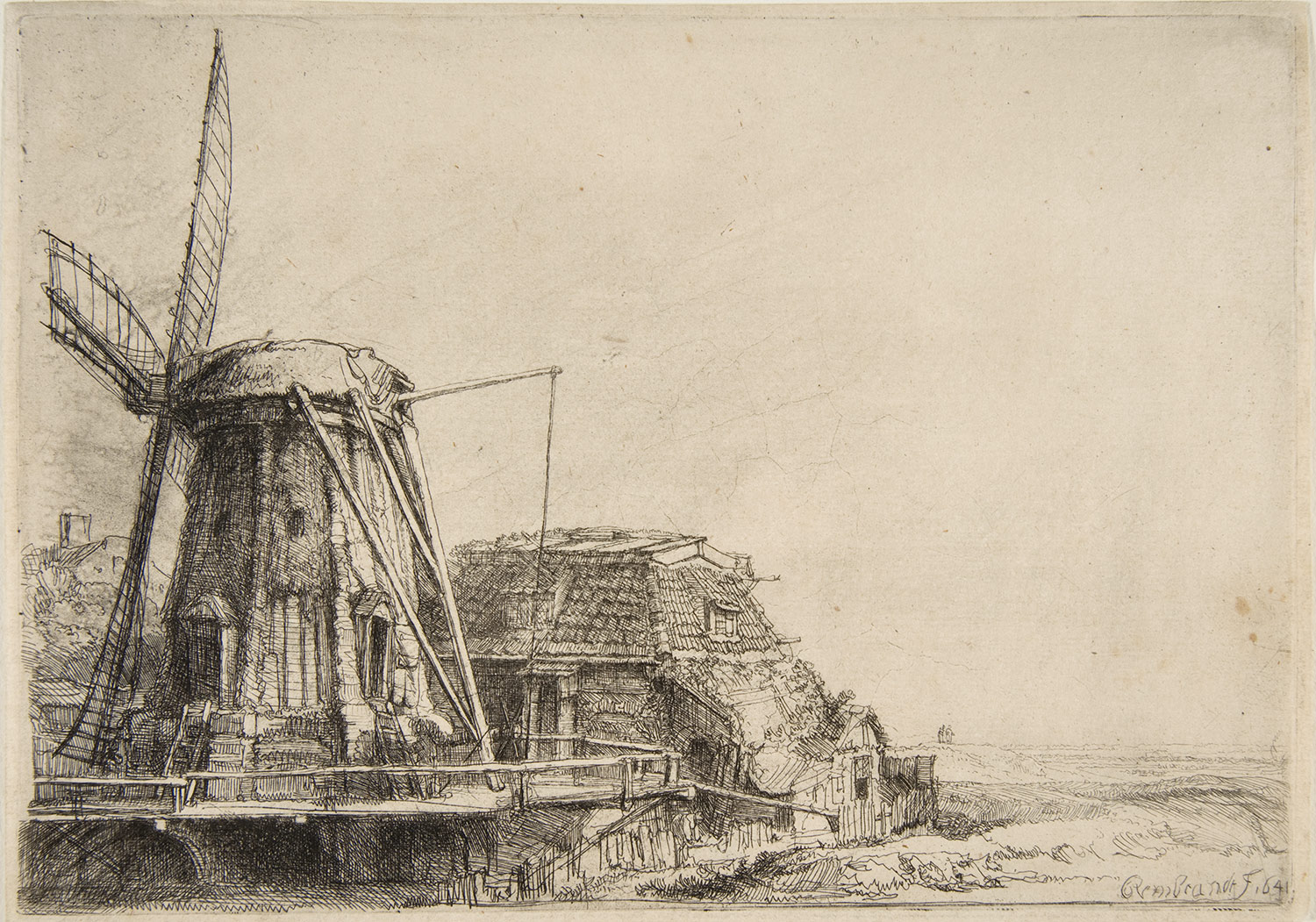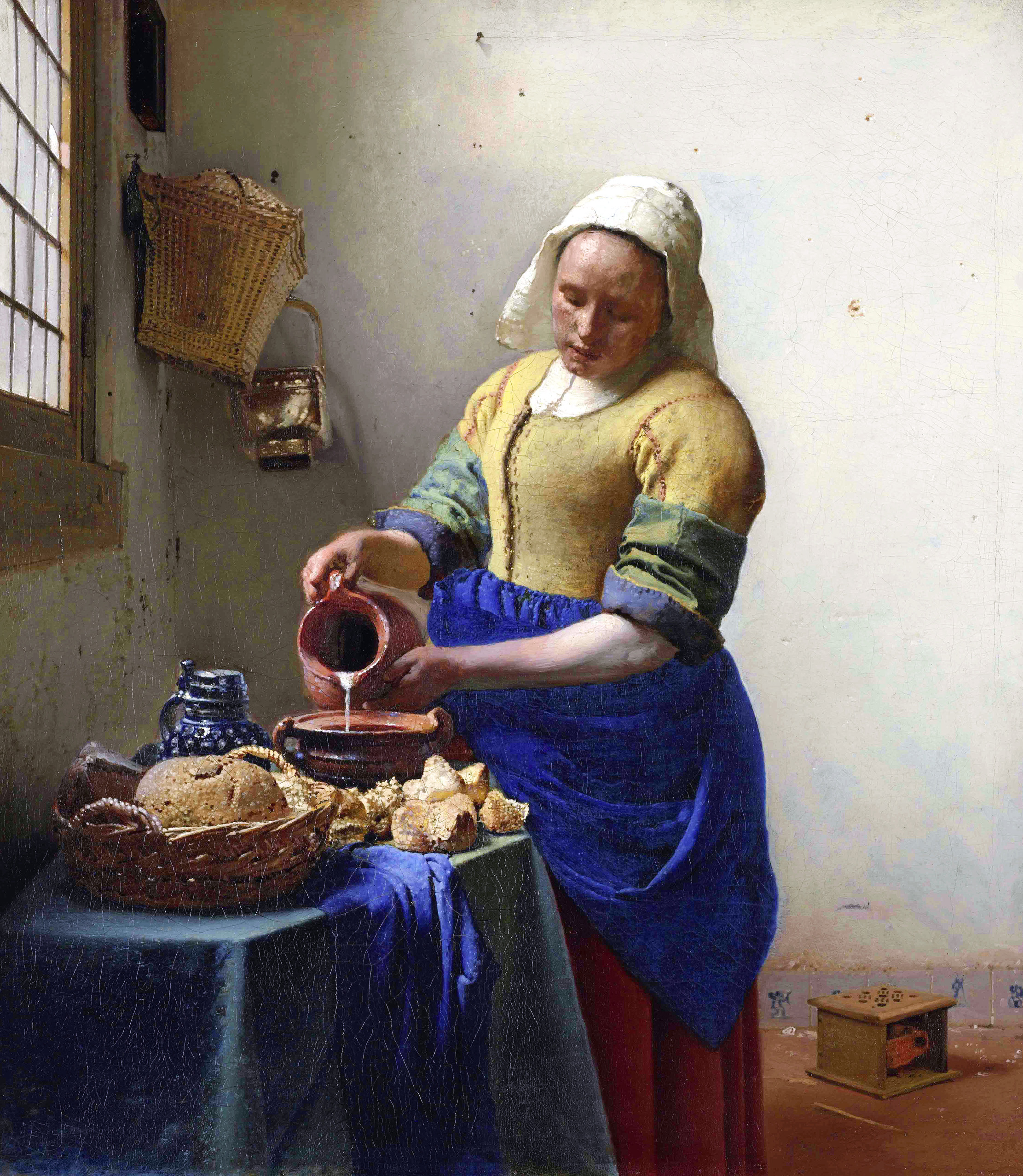Is it unusual to travel for two hours on a train just to visit a library? Perhaps, if it was an ordinary library but then Birmingham Central Library is anything but ordinary.
Like a giant box of Ferrero Rocher, Christmas present or
Islamic garden trellis the ornate aluminium facade of Birmingham Library is
impressive and certainly eye-catching, if not also accused of being a little
gaudy. Never being one to shy away from matters of taste (in probably not
having any myself) and whilst recovering in the lull of post Amsterdam
festivities it seemed the right time to pay a visit and reach my own
conclusion. Even more appropriate timing too if you consider that it was
designed by a Dutch architect, Francine Houben.
Libraries are fantastic
places, period. Whether they’re old or new, rundown, in a village, town, city or
touring in the back of a bus they're still full of wonder, potential,
magic and the source of much delight and contemplation. This is largely
due to them being full of books, acting as temples for books, palaces for
books. Rarely is it the actual building itself that inspires but more the sheer
accumulation of books, the knowledge, histories and stories they
hold all in one place. It is the idea of
the library, a wealth of collective and shared knowledge that is debatably, in
many ways as uplifting as a place of worship (or it can be). Equally, I’d agree
that books really do furnish a room and unless you’re incredibly wealthy where
else are you going to see thousands of books, that you have the freedom to access, all
in one place other than a public library? Is it therefore the books that make
the library or can the library itself as a building, a construct, a symbol for
knowledge, learning, discovery, discussion, debate etc. be as important (if not
more so) than the books themselves? More on that later....
Being in the business of supposedly selling as
many books as possible it may seem counterproductive, to those not within the
world of bookselling, to speak so highly or fondly of libraries as though we
should regard them as the enemy. I’m pretty confident that this is not the
attitude of most booksellers and I speak for myself in saying that it is
impossible not to have a respect for libraries and what they offer, not to
mention unsustainable when anything that encourages and promotes reading can
only be considered as a good thing for both parties (economically and
ethically). Most libraries I’ve ever had the pleasure of visiting have been old
(in one sense or another), New York Central Library, the British Library, the
Bodleian (Oxford), the Rijksmuseum Library, Bristol library and even Taunton
library, which whilst obviously is no way near as old or grand as the Bodleian is
still fairly old (despite renovations it’s still the same building)... well in
fact, what was the Old Library is now a pub, but that’s a whole other story.
Birmingham library is on the other hand, very
shiny and new, opened in September 2013 and costing an estimated 188.8 million!
All that money didn’t just go on a lavish exterior, the innards are not only as
impressive architecturally, but are where the real workings of the building
happen and substance lies. Point already made, libraries are awesome places so
imagine (what is claimed to be) the biggest library in Britain and one of the
biggest in the world, ten floors including archives, collections a gallery and
more. It doesn’t yet live up to the dusty, established neglect that, sort-of lovingly
stereotypes many of the aforementioned older libraries, but this is not a
criticism.
In fact, with the history of ‘the book’ as a piece of technology
having until recently remained relatively unchanged for hundreds of years, now being under more threat/pressure to change with the arrival of digital or e-books, there is never a better time to re-kindle (pardon the
pun) our investment into books, how we store them share them, access them. What
do libraries of the future look like? Do they contain physical books? Do they
become data storage banks? And how do any of those changes affect how we
interact with those books and/or that information? The building of Birmingham
library has almost coincided at the beginning of this unfolding debate and how people
choose to use it will influence, in some way, what future role libraries will
have.
At some point in the design process for Birmingham library
someone must have had the idea that what current libraries are missing are
curves, we spent so long trying to create storage solutions suited for housing
books that most libraries since the Bodleian onwards has became very square and
boxy. The building itself on the outside is very square and made of different
levels with outside seating/gardens on three different floors. If not for the
overlapping circular motif cladding the building it would be a tiered box.
Besides, looking around the rest of Birmingham’s architecture it seems to be
in-keeping with a theme of curves throughout from the spotted rotund Selfridges
building to the renowned Floozy in the Jacuzzi (don’t take my word for
it!).
On a practical level, squares are fine, they’re very
utilitarian, but there’s nothing like the sweeping round atrium space inside
the library filled with shelves and more shelves of books to break convention
and draw one’s attention. Naturally too, many of us didn’t even know what an
atrium was until after the millennium when suddenly every corporate building,
institute and public space decided that what they lacked in business acumen and
reputation could be made up for with an impressive, costly and oversized hole
in the middle of their existing building (not mentioning anywhere I may have
been in particular...). The bigger the hole it seemed, the more productive and
industrious the business...but...uh, back to the library. Thankfully the atrium
here works well at opening up the space without being too daunting as it is
broken up by levels of escalators that beckon you to explore and see where they
lead. It’s like being inside a spaceship...or an airport, depending on your age
and imagination. However the promise of being transported both literally by the
escalator and in the literary sense by the books themselves is a clever effect.
On each
level and away from the traffic central atrium is what you’d come to expect
from a library, quiet, rows of shelves, seating areas (really comfy might I add),
natural lighting (each floor is surrounded by windows), information terminals
and tables but with the added thoughtfulness of having these tables positioned
facing windows all around the edges of each floor so people sat can look-out/view
over the city acts as an important reminder to the context of the library, the
city in which it resides and its people. The outside-in is exploited again with
an outside garden/seating area on two different levels with views overlooking
the city making the library not only a place of study but a social one.
Whilst books may still be my main reason for going to a
library what makes Birmingham Library so special and different is the building
itself. It does everything a library should do, whilst being an exciting,
modern and intriguing place to visit, to socialise in its own right. Without
knowing too much about it, I think that good architectural design should make
you want to explore the building and it should inspire without being inaccessible.
For these reasons Birmingham Library feels like an inclusive, active,
motivational place to be as in different ways so do many other libraries. When a library is designed with this in mind, it enhances the books but also
invites an audience of people to use the library’s other resources such as
film, music, archives, internet, gallery, cafe etc. What Birmingham library signifies is the last
recent significant investment into a public cultural place and if it is
successful (as it appears to be so far) then it is an example of what good
design and investment can do to encourage and raise the use of all
libraries.
In the run-up to and after the opening of
Birmingham Library in 2013 there were many closures of local public libraries throughout the country with many still under continued threat of closure since. This isn't new news or even a call to arms, just a thought that perhaps we all need to do more to show the Government and our
Local Authorities that our libraries are not merely storage facilities for
books but are unique in being one of the only places where anyone can go and
choose to be in solitude and study or meet and connect with other people regardless
of their age, wealth, religion, race etc. For this reason alone and many more
too numerous to mention they should be protected, looked-after and cherished. I
sincerely hope Birmingham Library acts as a positive example of what good investment
can do and encourage investment in developing future/existing libraries and or cultural spaces. The timing of its build when so many smaller libraries were closed isn't ideal circumstances but its legacy could yet prove beneficial to the future of other libraries.
Going back to my earlier point, if books do become completely digitised in the next hundred
years then we shouldn’t be overly concerned, as long as there are people who want to read them and there are people writing then that is a good thing. To read is to be empowered,
to be enlightened, to be informed, so it doesn’t matter so much the format that
reading takes as to where we access it being the thing of crucial importance. How
authors, publishers and booksellers within this industry adapt to promote
digital books and make profit from them is the debate that is ongoing. Going
back to libraries it is a question of what is the role of a library without
books and if those books are digital how do you engage with people and make
them aware of what they can access and how? It is difficult to browse a digital
database so often things that are often the most useful can be left unseen. I
find it reassuring that there is a lot needs to change and improve with how we
manage and access digital books before this will/if ever happen.
Until then, there’s the library.
Happy World Book night!


















